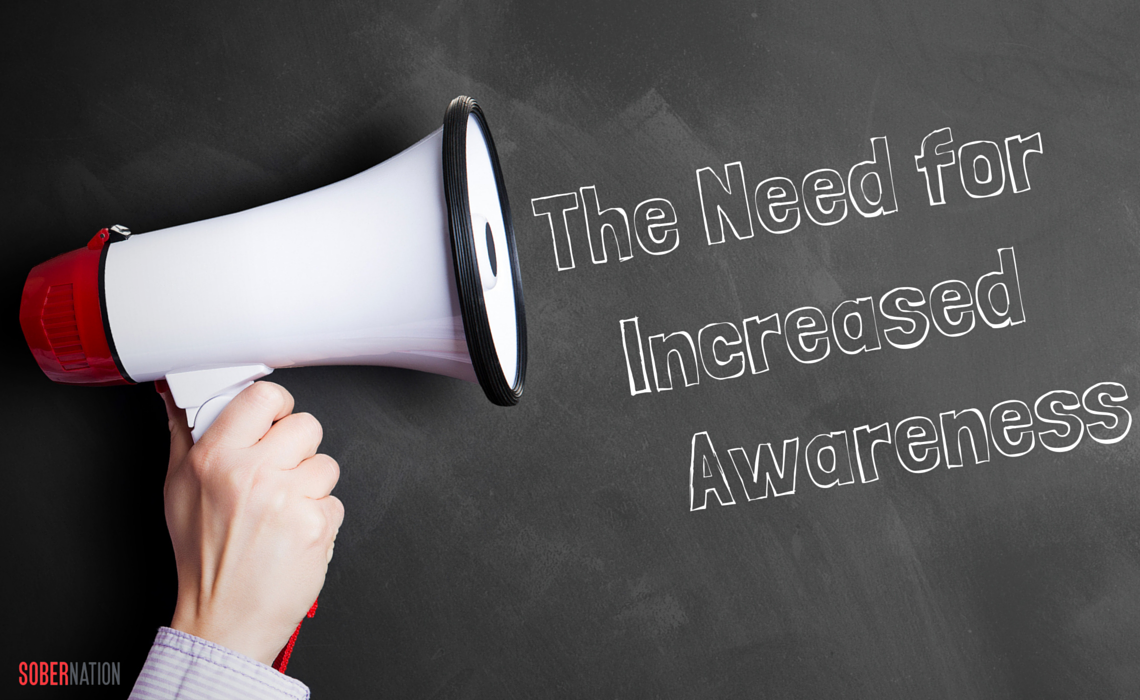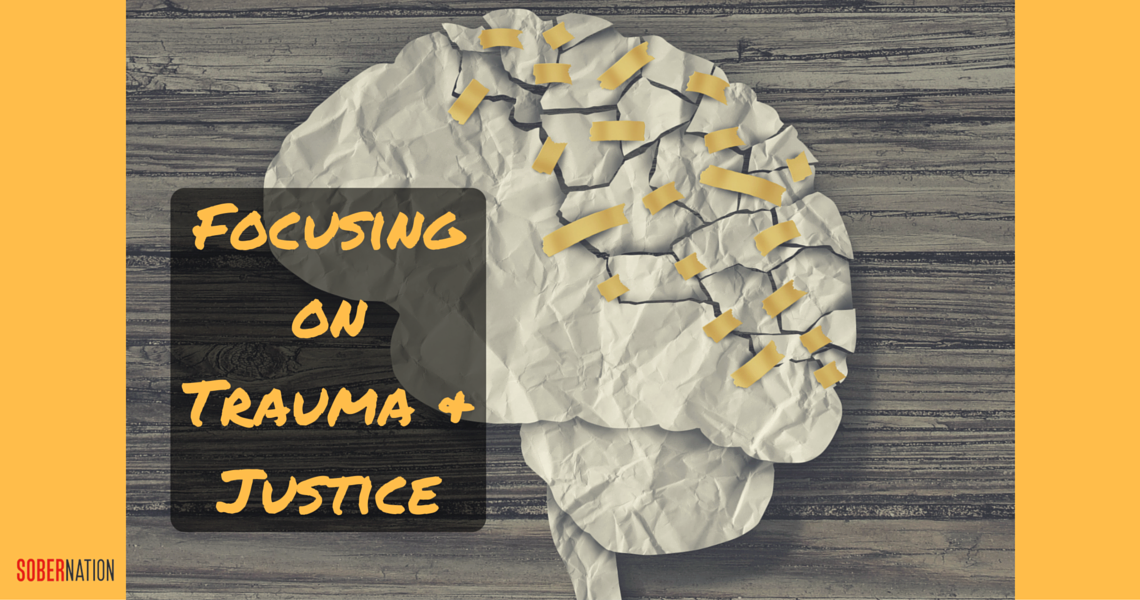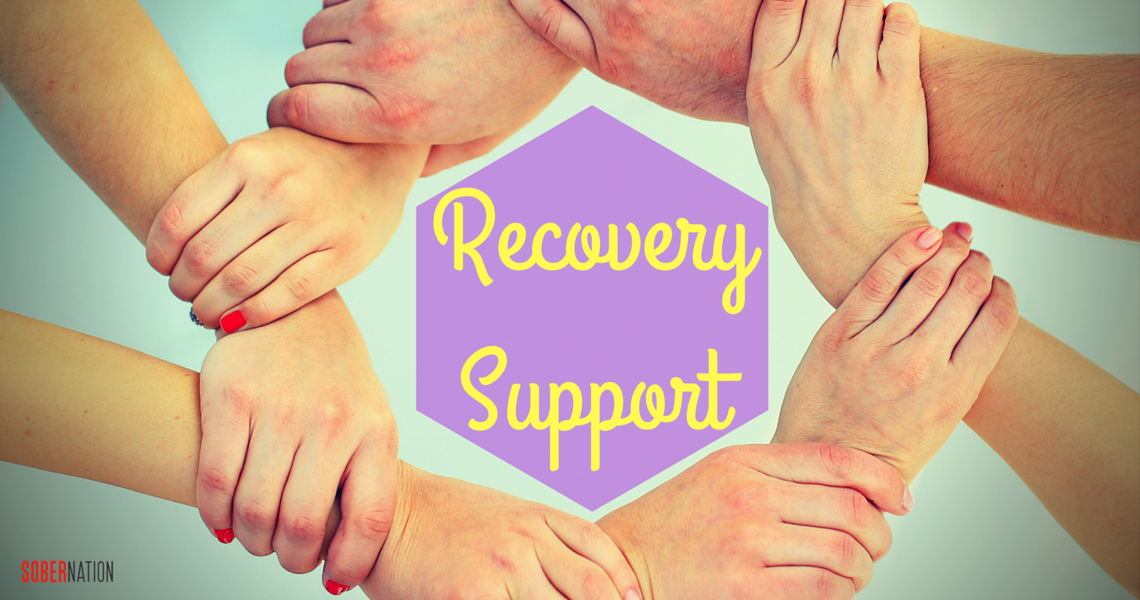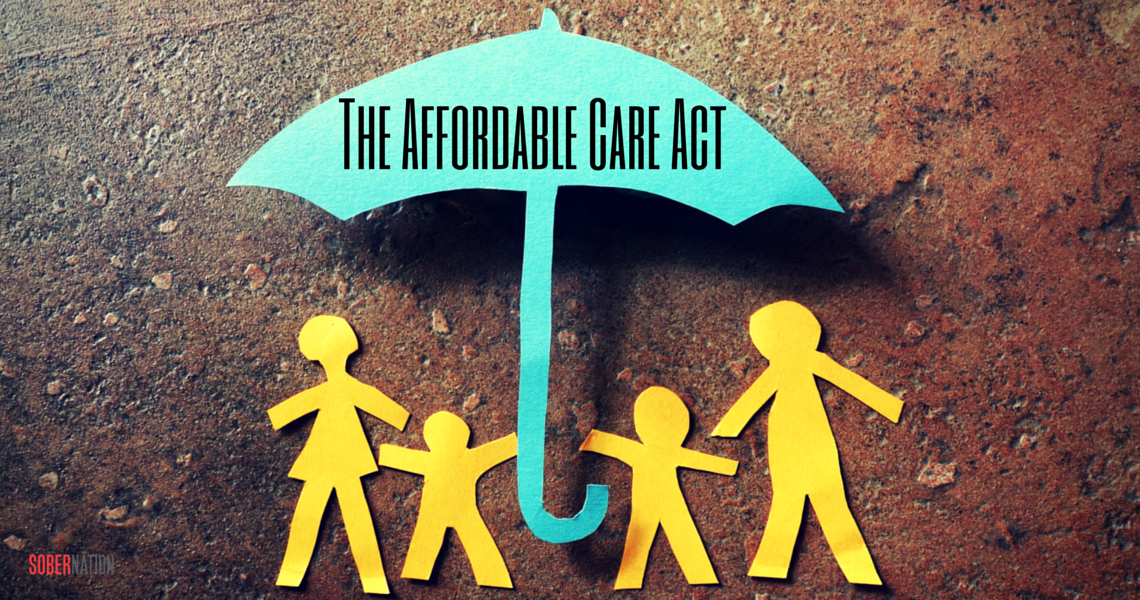
As stated in the introduction to this guide, the ramifications and consequences of substance abuse in the United States continues to be a significant health concern. As a matter of review, it is estimated that 23.5 million Americans are addicted to alcohol and drugs, which equates to 1 in every 10 Americans over the age of 12. Substance abuse costs the United States an estimated $510 billion annually, which includes specialty treatment and intervention services for both drug and alcohol abuse, as well as medical consequences, injury, legal costs, and lost productivity due to death and illness. However, only 1 in 10 of those with substance abuse and addiction problems receive treatment.
A report released by the Substance Abuse and Mental Health Services Administration (SAMHSA) details some of the more startling facts concerning substance abuse and addiction, especially the connection between mental illness and substance abuse. For example:
- By the year 2020, mental and substance abuse disorders will surpass all physical diseases as a major cause of disability worldwide.
- Approximately 5,000 youths under the age of 21 die yearly as a result of underage drinking.
- Half of all lifetime cases of mental and substance abuse disorders begin by age 14, and three-fourths by the age of 24.
- Adults who begin drinking alcohol before age 21 are more likely to be classified later on as having alcohol dependence of abuse in compared to those who started to drink after age 21.
- In 2009, young people aged 18-25 had the highest rates of binge drinking in comparison to other age groups.
The complex nature of substance abuse has been a significant health problem in the United States for several decades. Finding constructive and proactive ways to increase awareness concerning issues surrounding substance abuse has been an ongoing battle. Finding common ground between differing moral, medical, and social philosophies has been the main challenge in trying to promote meaningful dialog and action. While there are a wide range of talking points that can be discussed, there are four points of interest listed in this last chapter that hopefully will help spearhead meaningful discussion and eventually could lead to meaningful action.
The Affordable Care Act
With the passage of the Affordable Care Act, there is potential for an increased commitment to substance abuse prevention. The main thrust of this commitment would be fostering physical health, mental health, and overall well-being—especially to those populations that have not been served by the existing health plan structures. Under the Affordable Health Care Act, coverage of substance abuse disorders will be part of primary care and will be focused more towards prevention.
With mandates in place requiring people to obtain health insurance or risk paying a penalty, the Affordable Care Act will create Affordable Insurance Marketplaces and subsidize individual coverage for people earning up to 400 percent of the federal poverty level. With these changes in place, the Medicaid system will further expand healthcare coverage and it’s estimated that the ACA will cover approximately 27 million previously uninsured individuals by the year 2022.
The result will be that these newly covered individuals will have substance abuse benefits, which will alter the landscape of substance abuse treatment and fill the behavioral health system will new clients. Substance abuse prevention would be considered an essential health benefit (EHB) for newly eligible Medicare enrollees and most individual and small group plans. Although each state will have some flexibility regarding the details of their EHB’s, substance abuse care would be among the required benefit categories.
Additionally, applicable plans under the ACA will have to comply with the Mental Health Parity and Addiction Equity Act (MHPAEA), which was passed in 2008. This act is a federal law that generally prevents group health plans and health insurance issuers that provide mental health or substance use disorder (benefits from imposing less favorable benefit limitations on those benefits than on medical/surgical benefits. While the passage of the Affordable Health Care Act will cause an expansion of both mental health and substance abuse treatment and services, there are some issues that need to be considered.
For instance, solid ground rules regarding what is considered “medical necessities” in substance abuse treatment are still being finalized, which results in some people being denied or made to wait for essential services. This can include emergency medical services or the duration of stays in an inpatient and/or outpatient facility.
Expanding healthcare services to include provisions for substance abuse treatment and prevention also presents an interesting tug of war between medical models of treatment and more social-based models, which advocate for peer interaction, participation in twelve-step groups, and other forms of mutual self-help. For some treatment centers, this new wrinkle in the expansion of treatment may feel like an infringement on a system and has worked for so many addicts before the passage of the ACA. For these provisions to ultimately work, health care professionals will need to devise a hybrid model that signals a middle ground between medical and social philosophies, while establishing ground rules and foundations that can be agreed upon.
Focusing on Trauma and Justice

A common root of substance abuse—along with mental illness, suicide, and other disorders—is the presence of trauma in an individual’s life or a history of traumatic experiences. Trauma can take many forms including the following:
- Maltreatment
- Natural and man-made disasters
- Physical and sexual abuse
- Criminal victimization
Additionally, there are certain demographic groups that may be more vulnerable to trauma, such as military families, Native American populations, and African-American populations. In order to address the impact trauma has on the development of substance abuse, as well as mental health and other issues, a public health approach addressing trauma on multiple levels is necessary. Among the key goals in this multi-faceted approach includes:
- Develop of a comprehensive public health approach to trauma that develops an easy-to-understand list of warning signs along with national campaigns addressing trauma’s impact on behavioral and mental health.
- Make screening for trauma, early intervention, and treatment common practice. This should include culturally-informed training that is flexible dependent on the cultural needs of each individual. Additionally, there needs to be engagement among trauma survivors, service providers, researchers, domestic violence services, and stakeholders from the behavioral health field, in order to develop and implement a culturally competent strategy for trauma-informed care.
- Reduce trauma and violence on youth, children, and families. This can be achieved through prevention programs at the school level or through state, territorial, tribal, and local child welfare agencies. Special focus should be placed on children in minority demographics, who are disproportionately represented in out-of-home care and in the child welfare system.
Recovery Support

Recovery is a unique journey, and each individual who is on that journey must choose from a range of services to find which will best fit their needs. This includes clinical treatment and peer services, as well as treatment for any co-occurring mental disorders that may accompany substance abuse and addiction. Effective substance abuse treatment that supports long-term recovery must merge the different domains of an individual’s environment into a new lifestyle. The goals of recovery include the following four elements:
- Health
- Home
- Purpose
- Community
Good health is the first key element in recovery support. People who die prematurely from substance and/or mental disorders often do so because of risk factors that could be minimized through proper intervention, such as smoking, high blood pressure, obesity, and substance use. There is also an understanding that behavioral disorders can be chronic, long-term conditions that frequently occur alongside and worsen other medical conditions. Having easier access to quality medical care and behavioral health outlets is key to good overall health.
Secondly, it’s important for people to have stable and safe places to live. Homelessness continues to be a growing concern, especially among families. It is estimated that, on any given night in the United States, there are approximately 643,000 people that are homeless, of which 63% are individuals and 37% are families. The formation and maintenance of permanent supportive housing programs can help minimize the impacts of substance abuse.
Permanent supportive housing can provide individuals and families with the means to secure housing, as well as access critical mental health and substance abuse services. Recent research has shown these types of supportive housing programs help decrease symptoms, increase housing stability, and prove cost-effective in the long run. Recovery housing can exist in a variety of settings, ranging from peer-run drug-free homes that are self-sustaining to community-based housing that offers a range of supportive services.
A third key to effective recovery services is finding meaningful and gainful employment, as well as opportunities to enhance skills through education. Unemployment rates are higher in populations with substance abuse disorders in comparison to full- and part-time employed adults. Employment enables people to improve their living situation and end homelessness, thus reducing stressors that have adverse effects on health.
Individuals with substance abuse and mental health disorders also have the lowest levels of education in comparison to all other disability groups. In 2009, poeple who graduated college had lower rates of substance dependence and abuse in comparison to people who only graduated from high school as well as people who didn’t complete high school. Instituting a solid supported education plan for those vulnerable populations (those with behavioral, mental and/or substance abuse problems) to stay enrolled in school can help them maintain recovery.
Lastly, the final component of quality recovery support is the ability for people to feel as though they are productive and contributing members of society. Individuals with behavioral health conditions such and mental and/or substance abuse issues do not recover in isolation—they recover in families and communities. While living in the community is necessary, it is still not sufficient for individuals with behavioral health disorders to be included fully in society.
Even if recovering people live in neighborhoods alongside people without disabilities, individuals with substance abuse and mental conditions may lack socially-valued activity, adequate income, personal relationships, recognition, and respect from others—fostering feeling of social exclusion. Successful recovery outcomes are highly desirable, and when those outcomes are achieved it alleviates both economic burdens and reliance on government-based support programs. Implementing innovative programs that promote economic resiliency in combination with other rehabilitation and support programs will help people in recovery to feel more integrated into society as a whole.
Self-Help Groups

A crucial foundation of sustainable, long-term recovery is active participation in recovery programs and communities. Some of the most popular and well-known of these are twelve-step support groups. Twelve-step groups such as Alcoholics Anonymous (AA), Narcotics Anonymous (NA), and more than 50 other such groups are effective for two reasons. First, millions of people have recovered through them. Second, they’re free and universally available. Almost every country, city, even cruise ship has a twelve-step group.
In the simplest terms, twelve-step programs are designed to help individuals overcome an addiction, compulsion, shortcoming, or traumatic experience by adhering to a set of 12 tenets that emphasize both personal growth and dependence on a higher spiritual being. The steps themselves can be seen as a guide, from the first step of admitting one is powerless over their addiction, then turning over their will to a higher power, performing inventories, making amends to those that have been harmed, and ultimately having an awakening and carrying the message that recovery is possible to others.
While twelve-step programs have helped countless people emerge victorious against their addictions, there are also critics who feel that twelve-step programs hinder recovery or that the philosophies don’t fully resonate with them. The main points of contention center around the spiritual framework and language embedded in the steps. Additionally, some people feel there are too many rules in twelve-step fellowships and that the concept of powerlessness fails to account for an individual’s responsibility in their addictions and behavior. Because of the prevalence and popularity of twelve-step programs within treatment and recovery communities, those who shy away from twelve-step programs may feel there are no other alternatives in the realm of self-help and peer empowerment.
There are many other kinds of recovery supports, including doctors, therapists, addiction counselors, and treatment programs. There are also many other support groups and programs that are available that are non-step based. While these groups don’t have the same outreach as AA, NA and other twelve-step groups, these non-twelve-step groups can provide the necessary peer support and empowerment with an overall philosophy that may be more agreeable to some people.
One example of a non-step, abstinence based self-help program is SMART Recovery. SMART recovery teaches self-reliance and self-empowerment and provides meetings that are educational, supportive and allows for open discussion on addiction and recovery-related topics. Other aspects of the SMART Recovery approach includes the following:
- Encourages individuals to recover from addiction and alcohol abuse and live satisfying lives
- Teaches techniques for self-directed change
- Supports the scientifically informed use of psychological treatments and legally prescribed psychiatric and addiction medication
- Approaches substance abuse, alcohol abuse, addiction, and drug abuse as complex, maladaptive behaviors with possible physiological factors
- Evolves as scientific knowledge in addiction recovery evolves
- Differs from Alcoholics Anonymous, Narcotics Anonymous and other twelve-step programs with no specific focus on spirituality
SMART Recovery utilizes a four-point plan that serves as the basis for progressing on the journey of recovery. Those points include the building and maintaining of motivation, coping with urges, managing thoughts, feelings, and behaviors, and the ultimate goal of living a balanced life. SMART recovery has meetings in various cities, although they are not as wide-spread as twelve-step groups. SMART also features online meetings and training sessions for those who wish to be facilitators, as well as an online library and resource center.
Some other example of abstinence-based self-help programs are the following:
Because everyone’s journey in recovery and sobriety is different, the resources that are available to those in recovery—especially self-help resources—must reflect this diversity and there needs to be enough variety to fill most needs.
Conclusion
The issue of substance abuse addiction and recovery has many facets, and with each facet there are many questions and issues that need to be addressed. Substance abuse has been a persistent public health issue and a societal problem for a number of decades, and as time passes those issues become more nuanced. The goal of this guide is to provide the reader with needed information about substance abuse and recovery issues to further their knowledge and deepen exploration. With this information, there can hopefully be a meaningful and productive dialogue, which will eventually increase awareness and lay a foundation of support systems, programs, and legislation that effectively meet the challenge posed by substance abuse.
